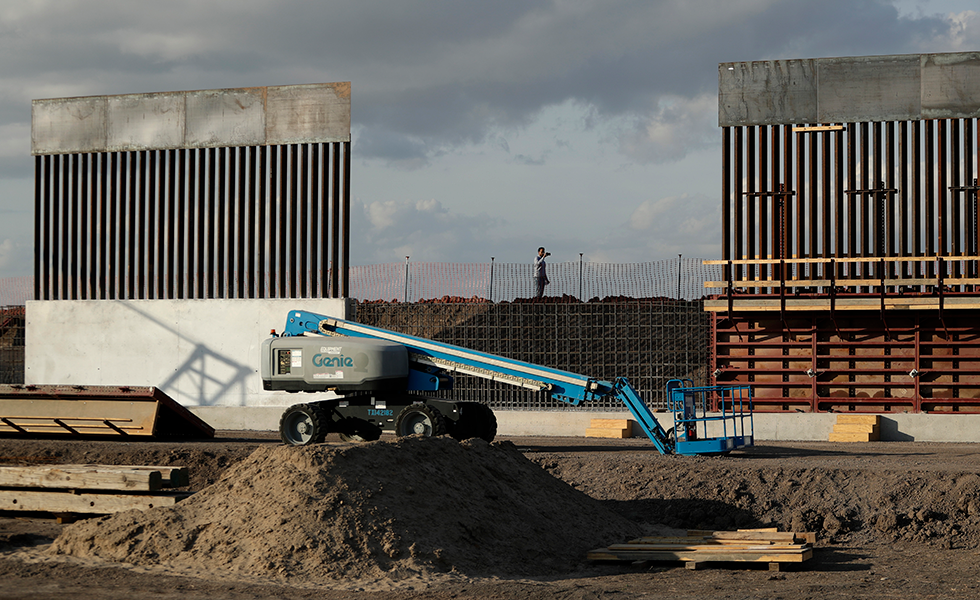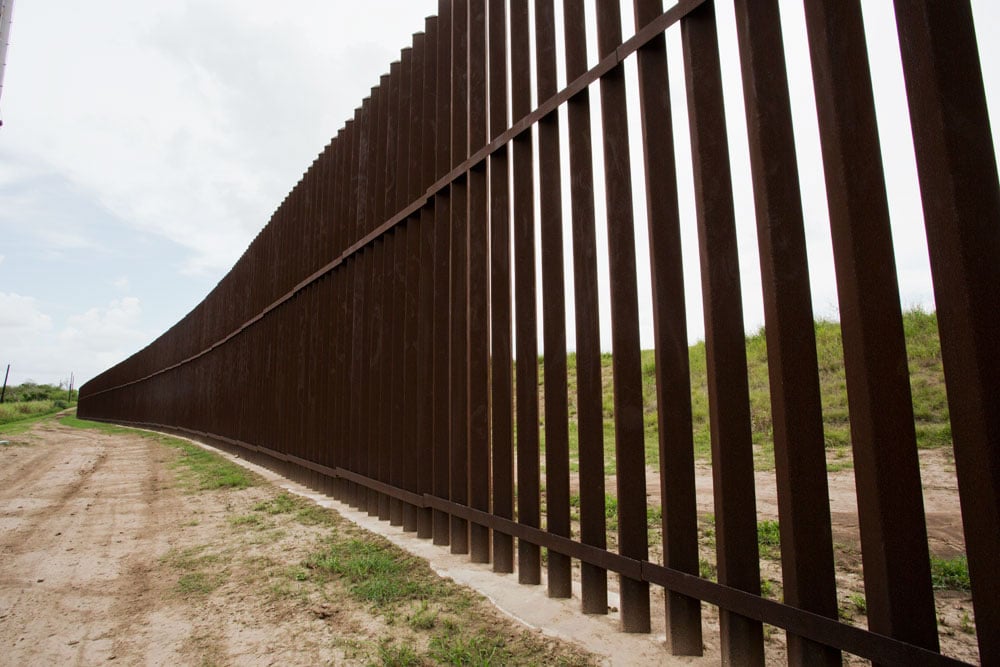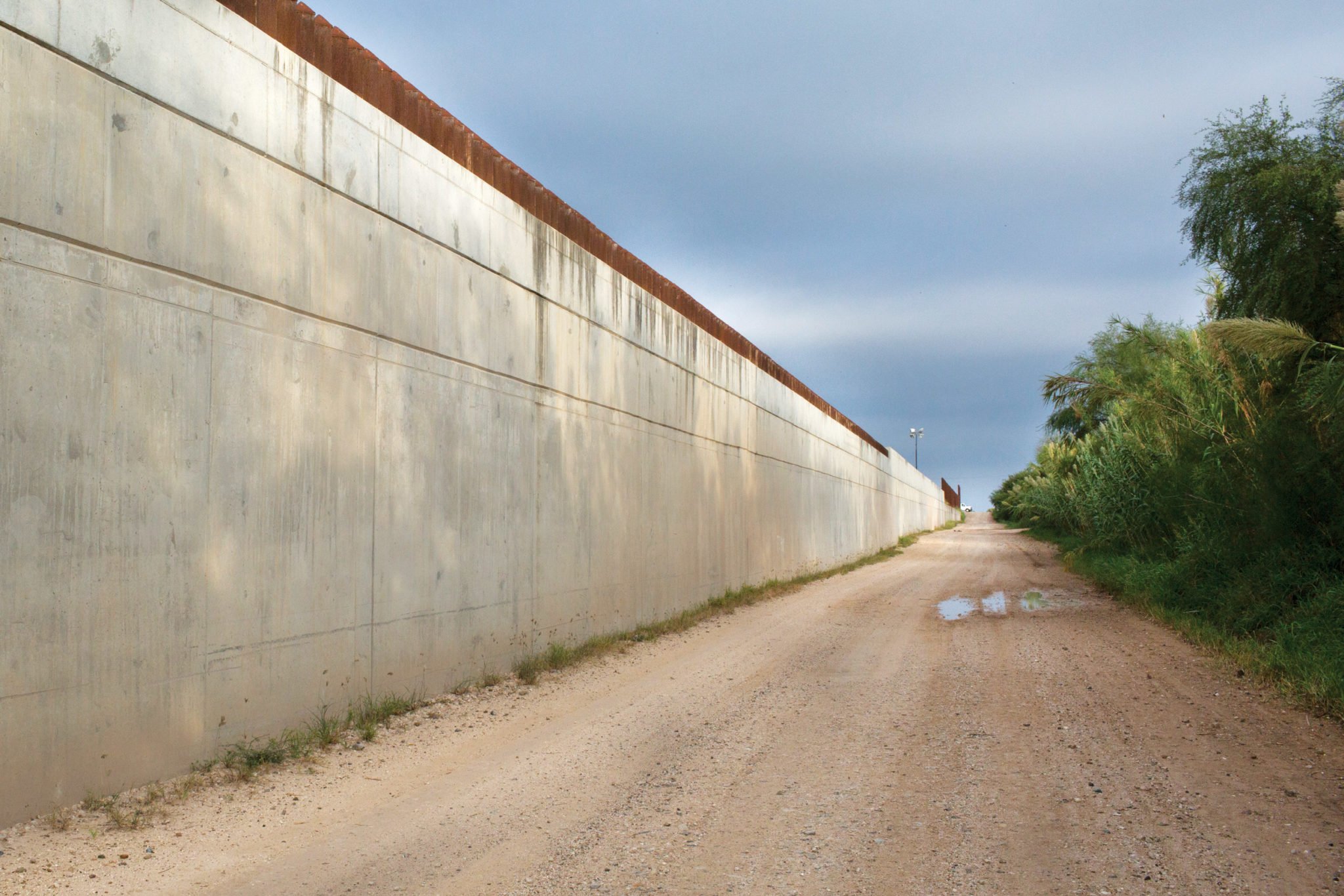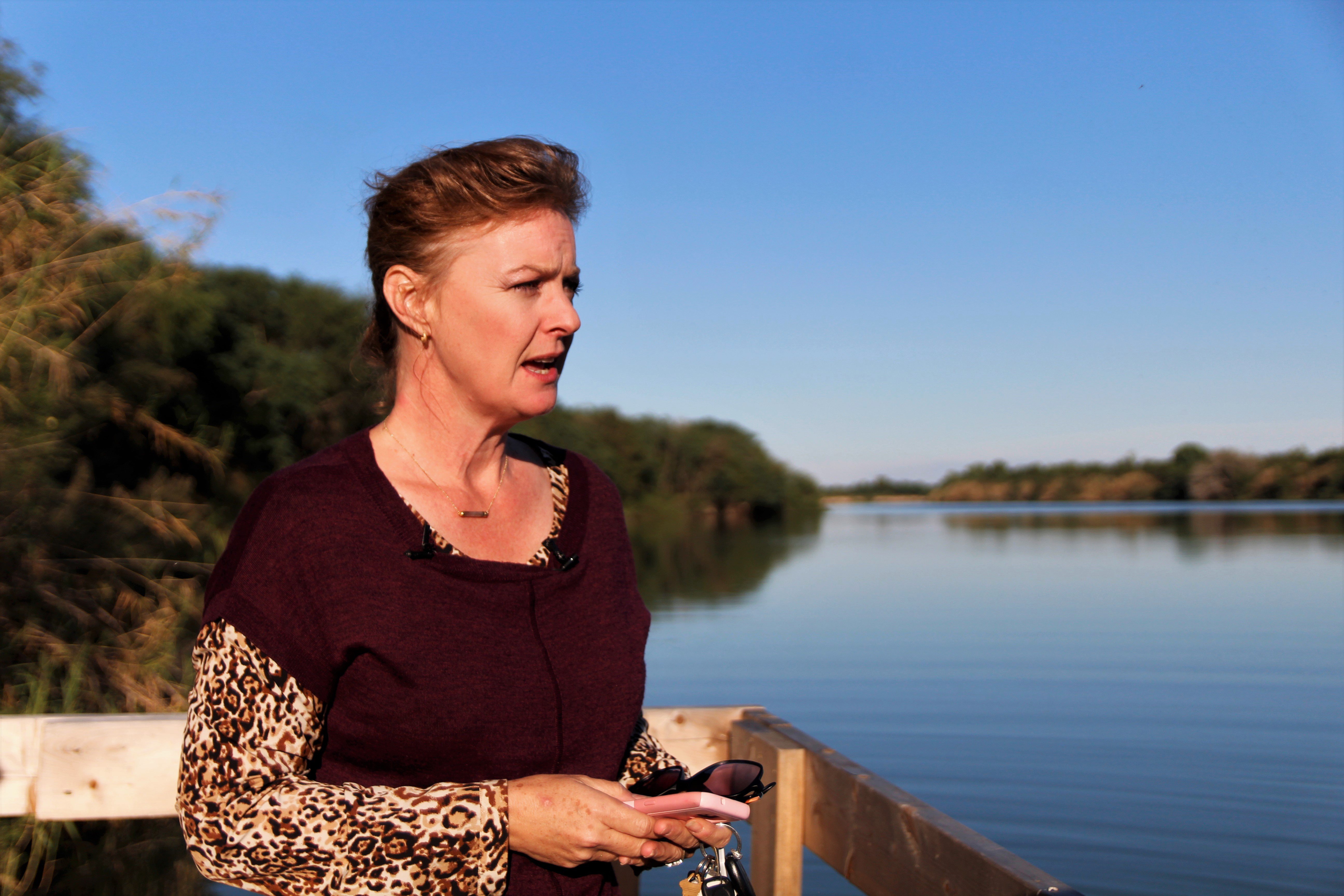
Border Residents Roast Plans For Trump’s Wall in Congressional Committee Now Led by Democrat
"When did the U.S. government get in the business of giving away the United States of America?" asked the director of a South Texas butterfly refuge.

Above: Marianna Treviño-Wright at the National Butterfly Center.
On Wednesday, six opponents of Trump’s border wall addressed the Democratic members of the U.S. House Committee on Natural Resources in a forum convened by Congressman Raúl Grijalva, the committee’s newly minted chair whose sprawling district covers nearly the entire Arizona-Mexico border. Among the border wall critics was Marianna Treviño-Wright, director of the National Butterfly Center, a private 100-acre nature and wildlife sanctuary in South Texas that the refuge’s directors say will be turned into a “war zone” by Trump’s wall.
“If our portion of wall is allowed to proceed, President Trump will be effectively ceding a portion of the U.S. to Mexico … doing what General Santa Ana was never able to do,” Treviño-Wright told the members of the congressional committee. “When did the U.S. government get in the business of giving away the United States of America?”
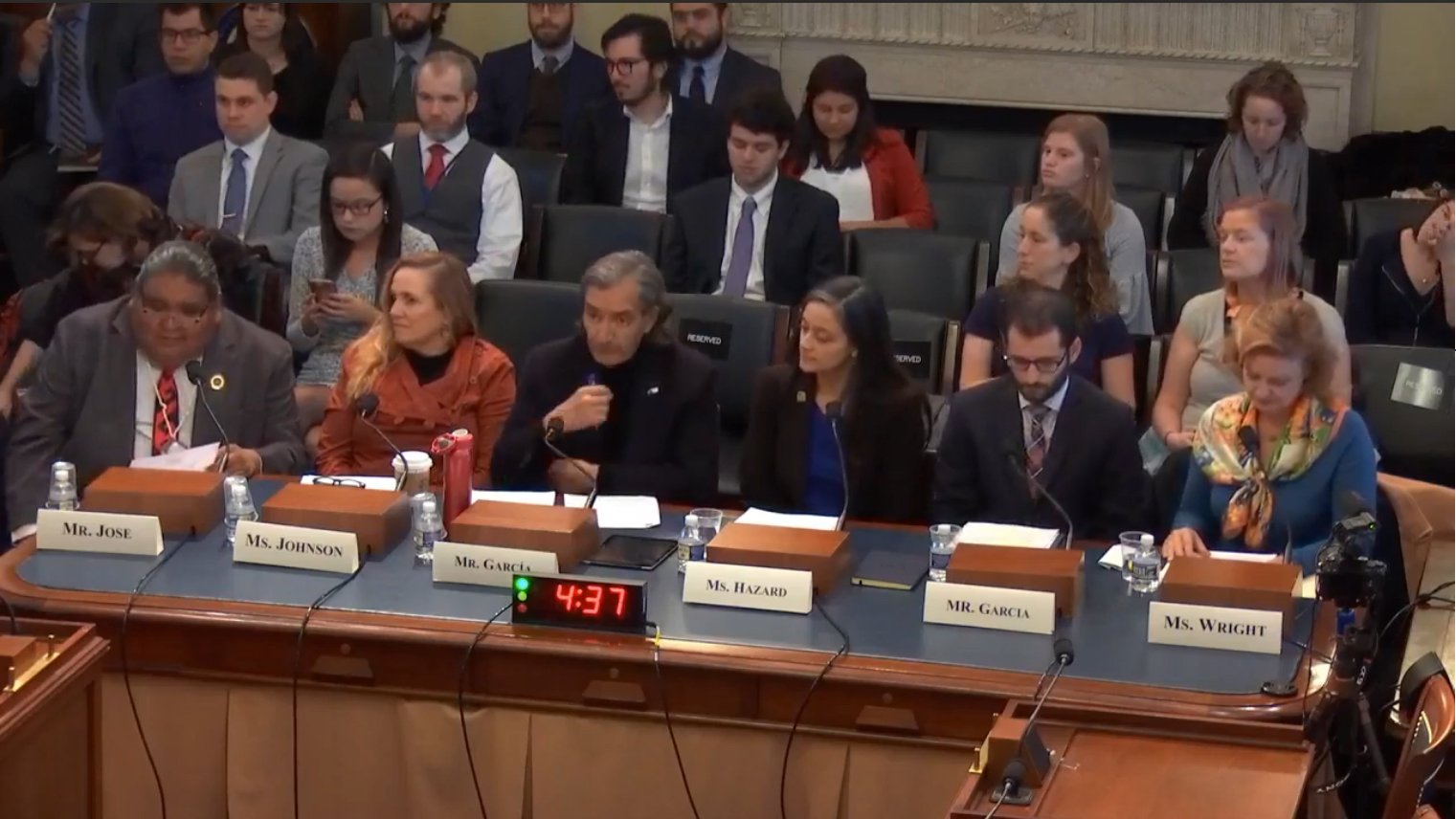
The butterfly refuge is part of a 6-mile stretch, south of Mission, Texas, where wall construction is set to begin as soon as February. In March, Congress shelled out $641 million for 33 miles of new wall in the Rio Grande Valley. At the butterfly center and neighboring properties, federal contractors plan to cut away the south side of a sloped earthen river levee and replace it with some 15 feet of sheer concrete wall. Then they’ll top that with 18-foot steel bollards and clear a 150-foot enforcement zone south of the wall for ground sensors and patrol roads. Customs and Border Protection (CBP) officials recently told Treviño-Wright that the zone will be illuminated all night, threatening nocturnal wildlife and ecotourism.
On Wednesday, Treviño-Wright described the details of Trump’s wall proposal. She explained, for example, that CBP will be installing electronic gates in sections of the wall in South Texas. The landowners will have access codes, which can be given out to others — making a mockery of the wall’s border security mission, argued Treviño-Wright. “It embarasses me the ridiculousness of the plan to secure our border when literally thousands of people will have the code to the gate to the border wall,” she said, prompting laughter from the forum’s small audience.
Central California Democrat Jim Costa was surprised. “God forbid our president should find the code because he’d blab it to everybody,” he quipped.

Verlon M. Jose, vice chairman of the Tohono O’odham Nation, which straddles southern Arizona and the neighboring Mexican state of Sonora, expressed his tribe’s opposition to a border wall. “The Tohono O’odham Nation is a land that we have a responsibility to; it is within our teaching that we don’t own the land, we belong to the land,” he said. “The other day a deer jumped across the border and I said ‘where’s the Border Patrol, is that an American deer or a Mexican deer?’ It knows no boundaries.”
Speakers condemned the federal government’s waiving of a raft of environmental and historic preservation laws in order to build the wall. “If there is anyone making the border a lawless place, it’s the Trump administration,” said Raul Garcia, with Earthjustice. No Republican Congress members attended the forum.
Democrats are in power in the House, and Grijalva pledged to follow-up on Wednesday’s forum by having his committee examine the feds’ use of eminent domain to expropriate private land for the border wall. He also pledged to pursue an audit of the existing 654 miles of border wall along the U.S-Mexico border, to “look at worst practices.” But during the forum, Grijalva made no specific pledge to try to halt the wall construction set to start in South Texas as soon as February, or to pursue specific protection for the National Butterfly Center.

After the forum, Grijalva noted in an email to the Observer that he filed a lawsuit against the feds last year demanding an environmental impact survey regarding the wall. The lawsuit is ongoing. “In the meantime, I will continue to support efforts to mitigate the negative impacts of already appropriated border wall funds,” he wrote.
Texas border Congressmen Henry Cuellar and Filemón Vela have promised to push legislative exemptions for the butterfly refuge, the 120-year-old La Lomita chapel, Bentsen-Rio Grande Valley State Park and Elon Musk’s spaceport-in-progress near Boca Chica Beach. But no bill has emerged yet, and the clock is ticking.
